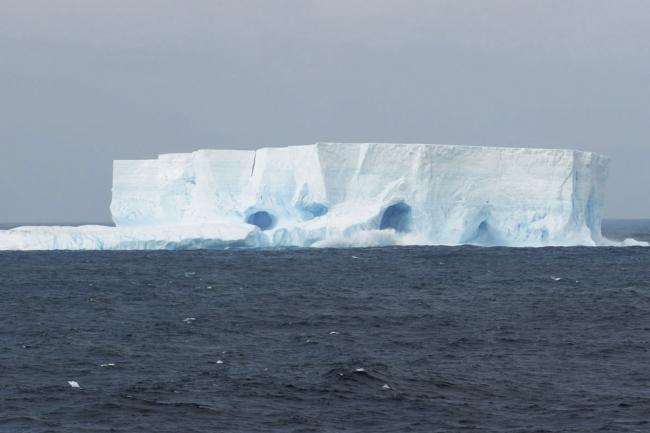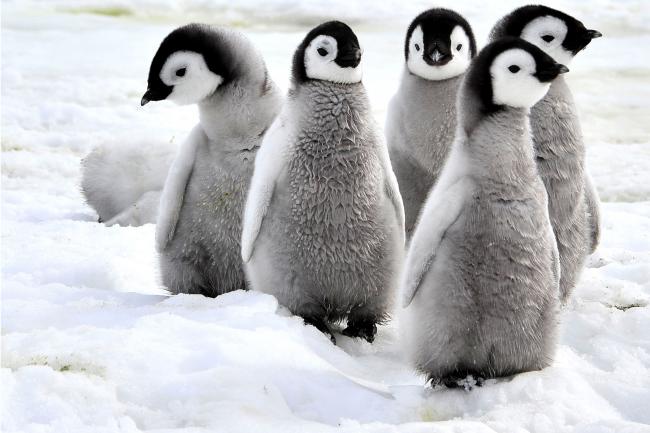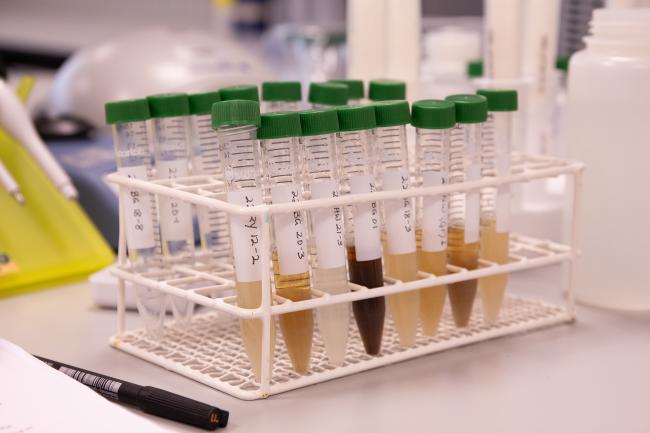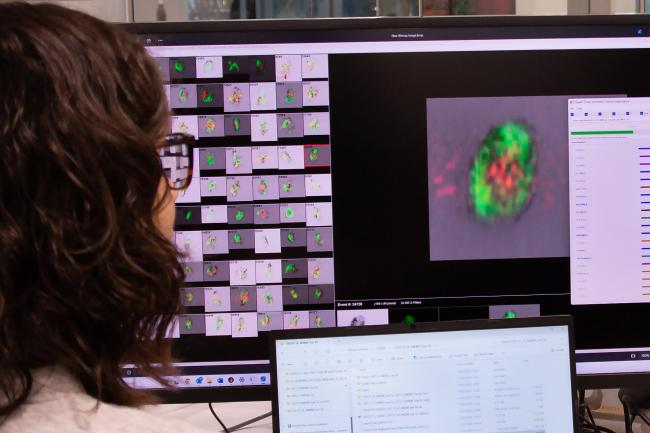The examples above are predictions developed using powerful computational algorithms. To confirm their importance relevant to elite diving would require functional validation of their biology in seals.
There are also always considerations when it comes to the samples used. For example, the team noticed very few differences in miRNA expression in blood plasma between pups and adults. However, while muscle, heart and brain tissue was collected from dead seals (pups dying of natural causes in their first week of life), blood was collected from live animals - and so as not to disrupt the relationship between mother and pup, this was performed on young seals after weaning. In this way, it’s possible that differences in miRNA in the blood between adults and pups were underrepresented.
All this considered, the study - which provides the first ever, and thorough, miRNA annotation of the Weddell Seal genome - identified a number of miRNAs that link very well with the physiological adaptations of Weddell Seals which enable their elite diving ability.
The study of non-human genomes has the potential to unlock previously inaccessible therapeutic angles. Understanding the genes and their modifications that allow other organisms to live in extreme environments, from blazing hot deserts to icy tundra, has strongly relevant consequences for identifying targets in human disease.
Professor Federica Di Palma said, “this study provides a fantastic platform for future studies from both an evolutionary and a biomedical perspective. The results point towards useful hypotheses to follow up on, providing an avenue to probe how the extreme adaptations of the Weddell Seal can inform research into therapies for conditions ranging from hypoxia through to high cholesterol and cardiovascular disease.”
“The next stage”, according to co-author Dr Wilfried Haerty, “is to focus on secondary comparative genomics studies to isolate genomic regions specific to the Weddell Seal and other deep diving animals relative to other mammals including humans, enabling the identification of targets to further explore.”



















